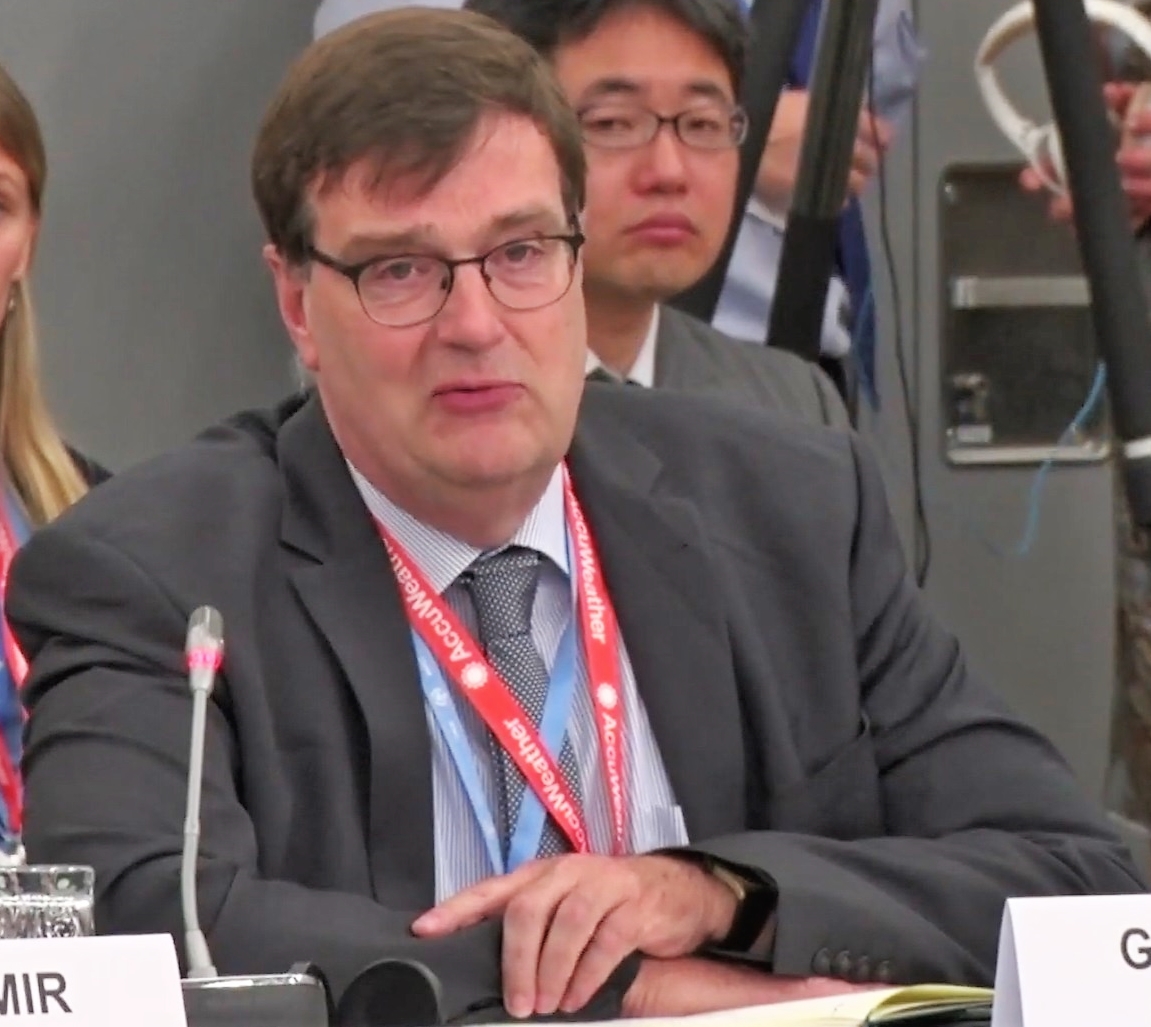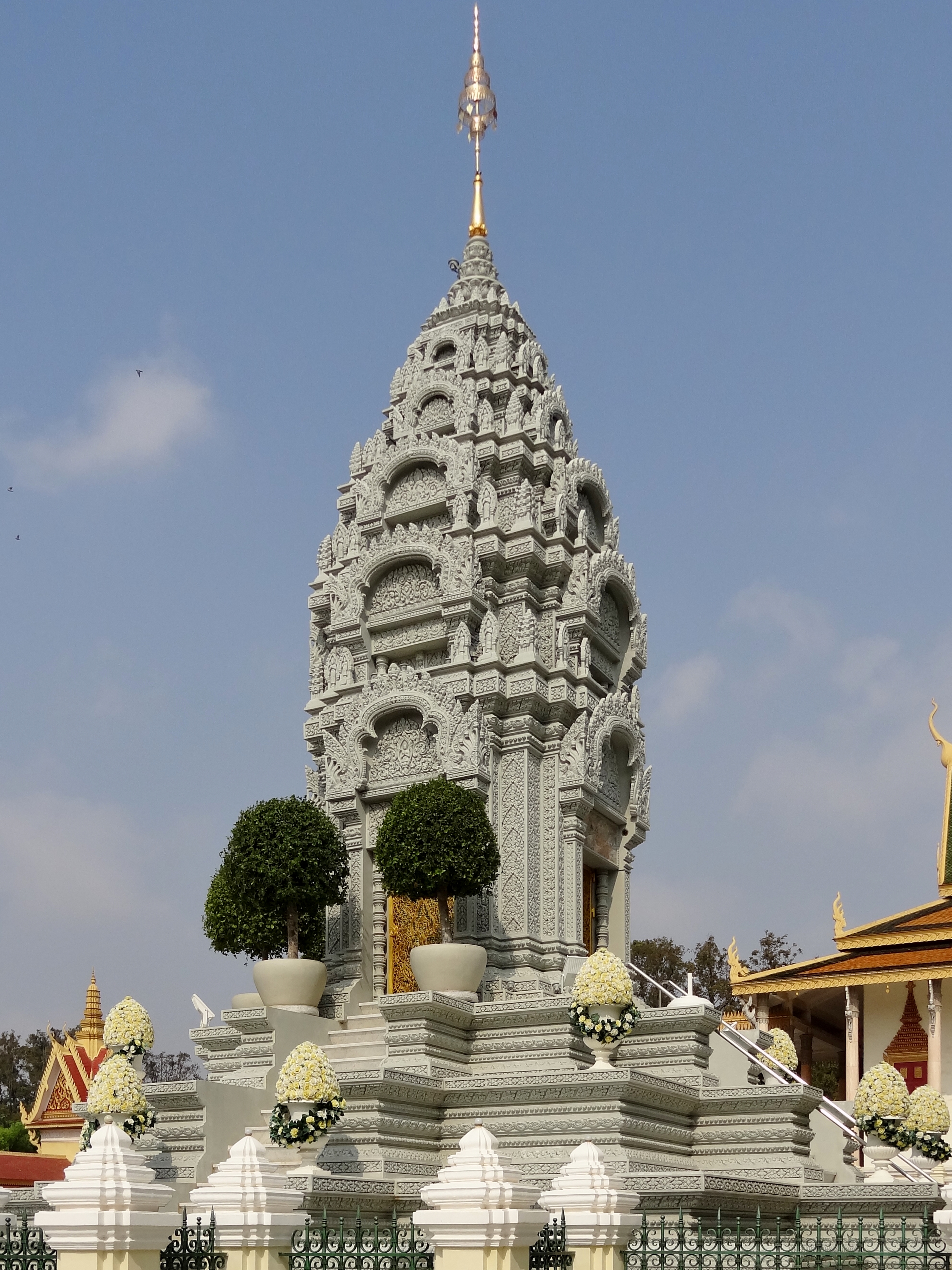|
Kamphaeng Phet
Kamphaeng Phet is a town (''thesaban mueang'') in central Thailand, former capital of the Kamphaeng Phet Province. It covers the complete ''tambon ''Tambon'' (, ) is a local governmental unit in Thailand. Below district (''amphoe'') and province ('' changwat''), they form the third administrative subdivision level. there were 7,255 tambons, not including the 180 ''khwaeng'' of Bangkok, whi ...'' Nai Mueang of the Mueang Kamphaeng Phet district. As of 2020, it has a population of 28,817. Gallery History Kamphaeng Phet was an ancient outpost town during the Sukhothai period, as evidenced by the city walls and fortifications that remain today. Before the creation of the city, legends says that there were two cities present in the location; Chakangrao (ชากังราว) and Nakhon Chum (นครชุม). Chakangrao was built on the east bank of the Ping River while Nakhon Chum was built on the west bank of the Ping River. Kamphaeng Phet received municip ... [...More Info...] [...Related Items...] OR: [Wikipedia] [Google] [Baidu] |
Mueang Kamphaeng Phet District
Mueang Kamphaeng Phet (, ) is the capital district ('' amphoe mueang'') of Kamphaeng Phet province, central Thailand. Geography Neighboring districts are (from the northwest clockwise) Kosamphi Nakhon, Phran Kratai, Sai Ngam, Khlong Khlung, Khlong Lan of Kamphaeng Phet Province and Wang Chao of Tak province. History In 1917 the district was renamed Mueang Kamphaeng Phet. Administration Central administration The district Mueang Kamphaeng Phet is divided into 16 sub-districts (''tambons''), which are further subdivided into 220 administrative villages (''mubans''). Missing numbers are the ''tambon'' which now form Kosamphi Nakhon District. Local administration There are two towns (''thesaban mueangs'') in the district: * Kamphaeng Phet (Thai: ) consisting of sub-district Nai Mueang. * Nong Pling (Thai: ) consisting of sub-district Nong Pling. There are five sub-district municipalities (''thesaban tambon Thesaban (, , , Pali, Pali: desapāla (protector of re ... [...More Info...] [...Related Items...] OR: [Wikipedia] [Google] [Baidu] |
World Meteorological Organization
The World Meteorological Organization (WMO) is a List of specialized agencies of the United Nations, specialized agency of the United Nations responsible for promoting international cooperation on atmospheric science, climatology, hydrology and geophysics. The WMO originated from the International Meteorological Organization (IMO), a nongovernmental organization founded in 1873 as a forum for exchanging weather data and research. Proposals to reform the status and structure of the IMO culminated in the World Meteorological Convention of 1947, which formally established the World Meteorological Organization. The Convention entered into force on 23 March 1950, and the following year the WMO began operations as an intergovernmental organization within the UN system. The WMO is made up of 193 countries and territories, and facilitates the "free and unrestricted" exchange of data, information, and research between the respective meteorological and hydrological institutions of its m ... [...More Info...] [...Related Items...] OR: [Wikipedia] [Google] [Baidu] |
Ping River
The Ping River (, , ; , ) along with the Nan River, is one of the two main tributaries of the Chao Phraya River. It originates at Doi Thuai in the Daen Lao Range, in Chiang Dao district, Chiang Mai province. After passing Chiang Mai, it flows through the provinces of Lamphun, Tak and Kamphaeng Phet. At the confluence with the Nan at Nakhon Sawan (also named ''Paknam Pho'' in Thai), it forms the Chao Phraya River. History Evidence shows that habitation along the Ping River dates back to 1500 BCE. At that time it controlled trading routes between Yunnan and the Chao Phraya basin. Mengrai, a ruler and conqueror from Xishuangbanna, turned south to create an alternative "silk road" along the Ping River itself and captured Haripunchai in 1281. Following his successful conquest, he created Wiang Kum Kam as his capital before abandoning it following nearly a decade of floods, finally moving kilometres north to establish Chiang Mai as the capital of the Kingdom of Lanna in 1296. ... [...More Info...] [...Related Items...] OR: [Wikipedia] [Google] [Baidu] |
Sukhothai Period
The Sukhothai Kingdom was a post-classical Siamese kingdom ( ''maṇḍala'') in Mainland Southeast Asia surrounding the ancient capital city of Sukhothai in present-day north-central Thailand. It evolved from a trading hub to a city-state in 1127 and emerged into the kingdom by Si Inthrathit in 1238. Sukhothai existed as an independent polity until 1438 when it fell under the influence of the neighboring Ayutthaya after the death of Borommapan (Maha Thammaracha IV). Sukhothai was originally a trade center in Lavo—itself under the suzerainty of the Khmer Empire from 946–1052—when Central Thai people led by Pho Khun Bang Klang Hao, a local leader, revolted and gained their independence. Bang Klang Hao took the regnal name of Si Inthrathit and became the first monarch of the Phra Ruang dynasty. The kingdom was centralized and expanded to its greatest extent during the reign of Ram Khamhaeng the Great (1279–1298), who some historians considered to have introduced T ... [...More Info...] [...Related Items...] OR: [Wikipedia] [Google] [Baidu] |
Wat Bang1
A wat (, ; , ; , ; ; , ) is a type of Buddhist and Hindu temple in Cambodia, Laos, East Shan State (Myanmar), Yunnan (China), the Southern Province of Sri Lanka, and Thailand. Etymology The word ''wat'' is borrowed from the Sanskrit ''vāṭa'' (Devanāgarī: वाट), meaning "enclosure". The term has varying meanings in each region, sometimes referring to a specific type of government-recognised or large temple, other times referring to any Buddhist or Hindu temple. Overview In Buddhism, a ''wat'' is a Buddhist sacred precinct with vihara, a temple, an edifice housing a large image of Buddha and a facility for lessons. A site without a minimum of three resident ''bhikkhu''s cannot correctly be described as a wat although the term is frequently used more loosely, even for ruins of ancient temples. As a transitive or intransitive verb, ''wat'' means to measure, to take measurements; compare ''templum'', from which ''temple'' derives, having the same root as ''templa ... [...More Info...] [...Related Items...] OR: [Wikipedia] [Google] [Baidu] |
Kamphaeng Phet Historical Park
Kamphaeng Phet Historical Park is an archeological site in Kamphaeng Phet, Thailand. Along with Sukhothai Historical Park and Si Satchanalai historical park, it is a part of the UNESCO World Heritage Site Historic Town of Sukhothai and Associated Historic Towns. Major features in the Kamphaeng Phet Historical Park include archaeological remains of ancient sites such as Mueang Chakangrao to the east of the Ping River, Mueang Nakhon Chum to the west and Mueang Trai Trueng some 18 km from the town to the southwest. Chakangrao, the ancient Kamphaeng Phet town, had the same town planning concept as the old Sukhothai and Si Satchanalai, with separate zones for religious sites both within and outside of town limits. Structures are usually large and made of laterite Laterite is a soil type rich in iron and aluminium and is commonly considered to have formed in hot and wet tropical areas. Nearly all laterites are of rusty-red coloration, because of high iron oxide content. They dev ... [...More Info...] [...Related Items...] OR: [Wikipedia] [Google] [Baidu] |
Thesaban Mueang
Thesaban (, , , Pali: desapāla (protector of region) are the municipalities of Thailand. There are three levels of municipalities: city, town, and sub-district. Bangkok and Pattaya are special municipal entities not included in the ''thesaban'' system. The municipalities assume some of the responsibilities which are assigned to the districts (''amphoe'') or subdistricts (''tambon'') for non-municipal (rural) areas. Historically, this devolution of central government powers grew out of the Sukhaphiban () sanitary districts first created in Bangkok by a royal decree of King Chulalongkorn in 1897. The ''thesaban'' system was established in the Thesaban Organization Act of 1934 (),The Royal Gazetteพระราชบัญญัติจัดระเบียบเทศบาล พุทธศักราช ๒๔๗๖, Vol. 51, Page 82-107.24 Apr 1934. Retrieved on 28 Nov 2008. and has been updated several times since, starting with the Thesaban Act of 1939 (),The Royal Ga ... [...More Info...] [...Related Items...] OR: [Wikipedia] [Google] [Baidu] |
Wat Phra That (Kamphaeng Phet) 05
A wat (, ; , ; , ; ; , ) is a type of Buddhist and Hindu temple in Cambodia, Laos, East Shan State (Myanmar), Yunnan (China), the Southern Province of Sri Lanka, and Thailand. Etymology The word ''wat'' is borrowed from the Sanskrit ''vāṭa'' (Devanāgarī: वाट), meaning "enclosure". The term has varying meanings in each region, sometimes referring to a specific type of government-recognised or large temple, other times referring to any Buddhist or Hindu temple. Overview In Buddhism, a ''wat'' is a Buddhist sacred precinct with vihara, a temple, an edifice housing a large image of Buddha and a facility for lessons. A site without a minimum of three resident ''bhikkhu''s cannot correctly be described as a wat although the term is frequently used more loosely, even for ruins of ancient temples. As a transitive or intransitive verb, ''wat'' means to measure, to take measurements; compare ''templum'', from which ''temple'' derives, having the same root as ''templa ... [...More Info...] [...Related Items...] OR: [Wikipedia] [Google] [Baidu] |





